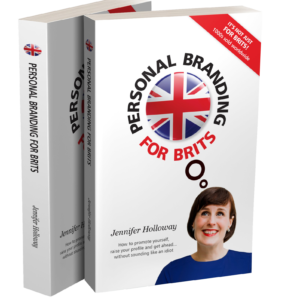
Questions
& Answers
No ninja skills required
It’s a common misconception that personal branding is ‘something for the youngsters’ or ‘for social media ninjas’. In actual fact, personal branding and the impact you make is relevant to everyone – of any age, gender and occupation – as you’re about to discover.
What is a personal brand?
It doesn’t matter what business you’re in, people buy people (not literally of course, unless you’re in the oldest business in town). What they’re buying is your personal brand and it works a lot like any other brand, by giving people clues to who you are and what you’re all about in one tidy package – as the video explains.
To put it another way, your personal brand delivers two things: your ‘what’ and your ‘who’.
Your ‘what’ is the factual stuff that lets others know what you bring to the table: what your job is, what company you work for, what sectors you’ve worked in, what tasks you do, what qualifications you gained, what experience you have, what results you’ve delivered, etc.
Your ‘who’ is the part that talks about who you are when you’re delivering all that what: the values and beliefs you hold, the things that motivate and drive you, the type of personality you have, the things that make you tick.
Taking that a step further, when you define your brand you set out your ‘what’ and ‘who’ in six key elements, in order to add a little more meat to the bones. Those key elements are:
Values
Your Values are the principles by which you live your life, the moral compass you use to define right and wrong.
Drivers
Your Drivers are what motivate you to do what you do, to be happy doing it and push you to succeed.
Reputation
In a nutshell, your Reputation is what you want to be known for (or already are), the thing people think of the instant they hear your name.
Behaviours
Your Behaviours are your personality and character – who you truly are. They’re what you say and do as an outward communication of your deeper Values.
Skills/Strengths
The Skills you have learned and honed (often technical) plus the Strengths you were born with (often behavioural) enable you to build and develop your knowledge and experience.
Image
Your image is the packaging for your brand – how you look (clothes, accessories), how you sound (accent, tone, words) and how you act (body language, eye contact). These provide the clues to the other five elements of your brand.
Why is personal branding important?
Personal impact is all about how you come across to others and your personal brand plays a key part in that. The reason it’s so important is best explained with a quote from Jeff Bezos, the guy who founded Amazon:
“Your brand is what people say about you when you’re not in the room.”
And as everyone has something that’s said about them when they’re not there, it follows that everyone already has a personal brand – as the video explains.
So, if you’re already making an impact and you already have a personal brand, doesn’t it make sense to try and ensure it’s a positive one? You can’t dictate what opinion people form of you, but you can do things to try and get them to see your personal brand as you see it. (Alternatively, you could leave it to chance and keep your fingers crossed the comments aren’t negative – but it’s not recommended.)
How can personal branding support diversity, equity and inclusion?
Often people from minority groups – whether linked to their gender, age, race, religion, sexuality, abilities – have negative experiences through being ‘different’, so can come to view their difference negatively. Personal branding is all about switching that view and seeing their difference through a positive lens – so they can help others to see them through a positive lens too.
So the neurodivergent person whose brain is wired in an atypical way? They’re bringing a perspective nobody else is bringing. The person in the wheelchair with restricted mobility? They’ve perfected the art of overcoming obstacles in the moment. The person who identifies as non-binary? They have the fortitude to challenge the norm. The person with a strong religious faith? They’re the epitome of loyalty and dedication. The non-white person surrounded by white people? They’ve learnt to read situations and quickly pick up non-verbal cues. The person with the lined face and grey hair? They’ve gained knowledge you can’t go to school for.
Every single one is offering something of value in their own unique way. And when that value is shared with and recognised by others, diversity, equity and inclusion really flourishes – benefiting the individual, the organisation and society as a whole.
What’s the benefit of having a personal brand?
There’s no avoiding it: a personal brand takes time to work out and time to share with others – but it’s time that’s well rewarded, because the #1 benefit you’ll get is confidence.
- Confidence from understanding what makes you tick
- Confidence from defining who you are and what you have to offer
- Confidence from seeing yourself as others see you
- Confidence from accepting not everyone will buy your brand
- Confidence from just being yourself
It doesn’t end there (although that’s not bad going is it?) Using your personal brand in business delivers even more benefits:
- You get greater buy-in from key audiences and influencers
- You better manage your impact on others
- You increase levels of trust from team members
- You work better, saving time and increasing productivity
- You raise your profile and expand your network
- You increase your career opportunities
How do I work out what my personal brand is?
What you’re trying to achieve is a clear definition of ‘what’ you have to offer and ‘who’ is offering it, in six key areas: Values, Drivers, Reputation, Behaviours, Skills/Strengths and Image. (Because if you don’t know what you’re selling, how can people buy it?)
The best analogy is to think of yourself as a top chef who’s trying to create a signature dish – something that, out of all the things you can cook, showcases your talent with only a few key ingredients (just like your brand).
To do that, you need to follow a five-step process (which happens to be set out in detail in Personal Branding For Brits):
Step 1 – Gather your ingredients
The first step involves a bit of navel gazing – time spent thinking about who you are and what makes you tick, collecting together the basic ingredients of your brand.
Step 2 – Choose the best bits
The second step is where you focus on the best ones, after all you don’t want to put every ingredient into your signature dish (it’ll end up a dog’s dinner).
Step 3 – Dig Deeper
Once you have those initial ingredients, it’s important to dig down to fully understand the finer details, because that’s where your USP (unique selling point) lies.
Step 4 – Get a reality check
So far, you’ve been thinking about your personal brand from your perspective, but never lose sight of the fact your brand also exists in others’ heads. Getting some insight into that is therefore imperative.
Step 5 – Set out your recipe
The final step is where you take those few key ingredients, with their extra detail, and use them to define your signature dish: your personal brand.
How can I find out what personal impact I make?
Getting a reality check for your personal impact is an important part of working on your brand. (Is what you’re selling what people are actually buying?) Ask yourself:
- What’s my level of self-awareness?
- How much attention do I pay to people’s reactions to me?
- Do I really know what people say about me when I’m not there?
- How could what they’re saying affect my job/career/business?
To find out, it’s useful to do some market research to find out what your colleagues and peers are thinking. It may not be a comfortable thing to do, but it’s definitely an insightful one. So how do you go about it?
There are a number of options (listed in detail in Personal Branding For Brits) but the first step is to think about who you want the feedback from. Aim for people who will give you an honest answer and not just butter you up.
Next, think about what questions you want to ask them that will elicit the insight you need. Do you want their views on your reputation, or what strengths you have, or what your personality is like – or something else?
Then, think about how you’re going to ask them: in person, via email or an online survey, by getting someone else to ask them?
Lastly – and best considered before you begin – what are you going to do with the responses? Don’t expect others’ views to match your own word-for-word (that would be freaky) but for 95% of people, they’ll at least be in the same ballpark, which can do wonders for your confidence.
But if you’re in that 5% who are surprised by the responses, particularly if a lot of people concurred, it may be time to go back to your brand and review it.
Where should I promote my personal brand?
The short answer is everywhere.
That’s because people are picking up clues to your personal brand every time they come into contact with you: in person, via the phone or email, or online.
Your job is to ensure those clues are clear, consistent and authentic, so they create a positive view of your brand in others’ minds. (Once again, Personal Branding For Brits is full of practical tips on how to do that.)
- Think about the email you send and what it says about your personal brand.
- Think about your LinkedIn profile and what it says about your personal brand.
- Think about your clothes and hairstyle and what they say about your personal brand.
- Think about your voicemail message and what it says about your personal brand.
- Think about your body language and what it says about your personal brand.
- Think about your handshake and what it says about your personal brand.
- Think about your out of office message and what it says about your personal brand.
- Think about your mobile ringtone and what it says about your personal brand.
The list goes on…
How should I promote my personal brand online?
The trap people often fall into is they think their personal brand should be all over the internet like a rash. They post on LinkedIn, Twitter, Facebook, Instagram, YouTube, Pinterest and plenty more. (There’s a chapter on social media in Personal Branding For Brits…no surprise!)
Instead, it’s better to focus on who you want to raise your profile with and where they hang out online, then put your content out there – and there alone. In this case quality says more about your personal brand than quantity.
The key to that content is that it should contribute to giving clear, consistent and authentic clues to your brand. Your online persona should reflect who you are in real-life, not a different person entirely.
How should I introduce personal branding to my organisation?
A lot will depend on what you want to achieve.
- If you’re looking for support for an individual or a team, that’s totally do-able.
- If you’re looking for a short session or a full day, that’s totally do-able.
- If you’re looking to develop anyone from the CEO to a new recruit, that’s totally do-able.
- If you’re looking for some in-depth feedback, that’s totally do-able too.
It always starts with a client briefing so that every package can be tailored to the audience and its needs – at no extra cost. Plus, if it’s working with someone one-to-one, a free chemistry meeting will be arranged to ensure trust and rapport can be built.
If you’d like to talk to Jennifer about introducing personal branding to your organisation, click the button below and get in touch.
The sessions were engaging, thought provoking and very popular amongst our learners. Jennifer’s approach is flexible, solutions focused and fun and her insight has added a huge amount of value.
Nichola Swallow, Group Learning & Development Manager, Tesco
Jennifer’s session to our diversity and inclusion networks was engaging and interactive. Colleagues were buzzing after the event and Jennifer scored an awesome 4.64 out of 5 on our post event feedback survey!
Elaine McKechnie, Senior Manager, Virgin Money
Jennifer is a master of personal branding and communication. She demystifies abstract concepts making them beautifully simple to understand, remember, and apply. All this peppered with anecdotes which make the sessions with her fun, engaging, and memorable.
Marius Draghici, Finance Director, Apollo Global Management
Jennifer is knowledgeable, inspiring, relatable and funny. The 90 minutes absolutely flew by. I love her approach – it was insightful and thought provoking. I can’t recommend her highly enough!
Lou Goodman, Marketing Director, Monster
We’ve had nothing but positive feedback from participants. Jennifer has been really flexible, designing new workshops to suit our growing needs. I’m looking forward to continuing to work with her in the future.
Simmone Gardiner, People Development Executive, ITV
Her communication style and content is very engaging which is refreshing given our zoom fatigue! We will definitely be implementing some of the key learnings to help with our personal branding journey. Highly recommended!
Benjawan Christen, Product Manager, Uber
Working with Jennifer was such fun. In a handful of sessions, I came away with a much clearer sense of who I am and what I have to offer the world, and some very practical techniques for conveying my strengths to those around me. I felt supported to be the best version of myself.
Angela Hepworth, Commercial Director, Drax
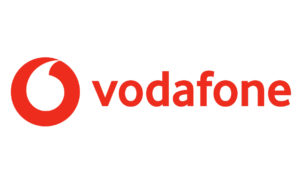

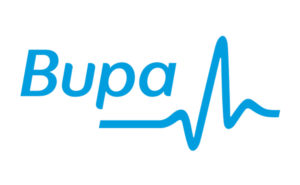
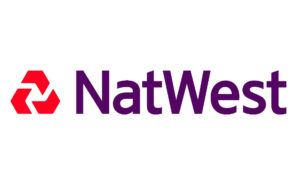
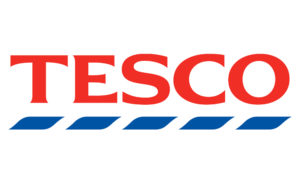
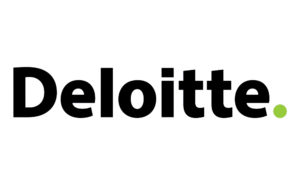
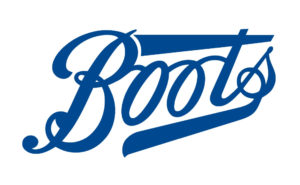
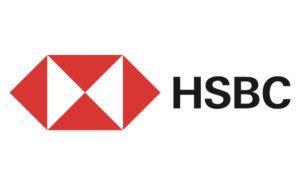
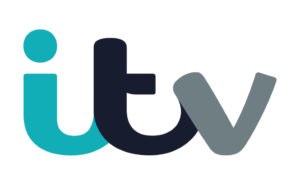
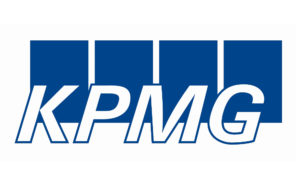

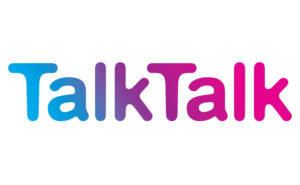
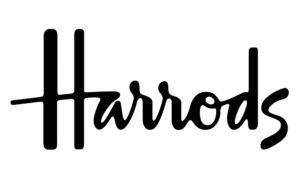

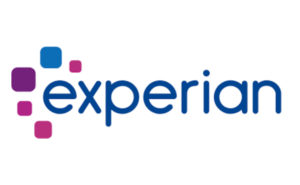
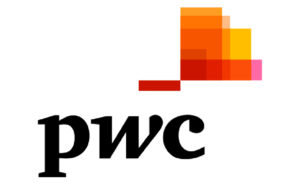
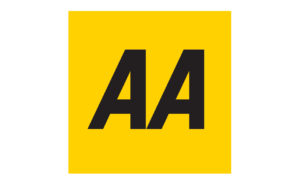
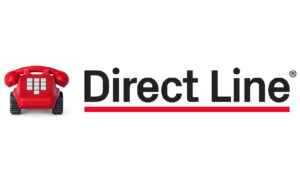
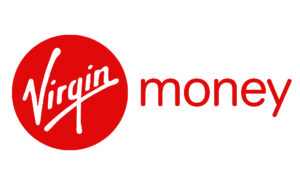
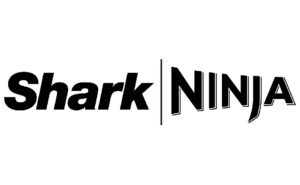

Jennifer's best-selling personal brand book
Read Personal Branding For Brits - 1000s sold worldwide
BUY NOW - paperback or ebook Get the first chapters FREE
